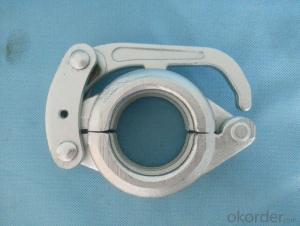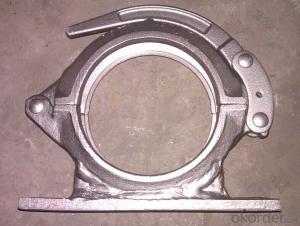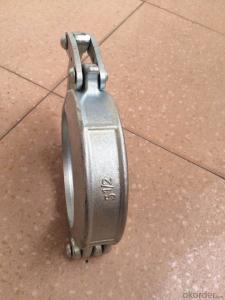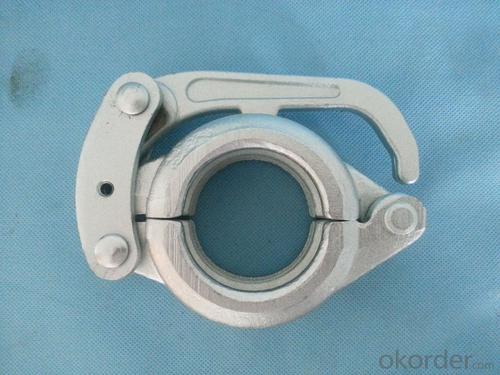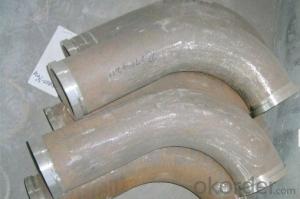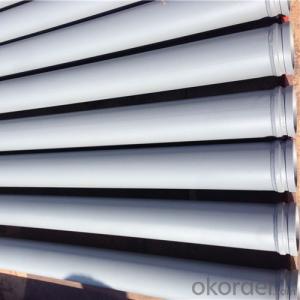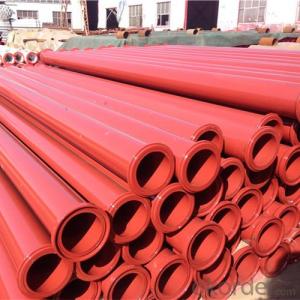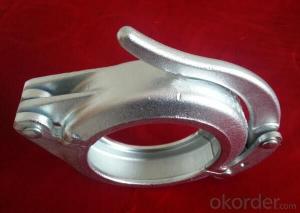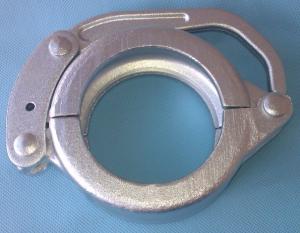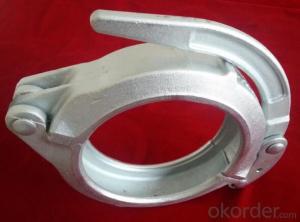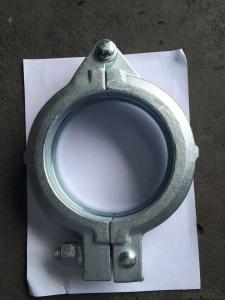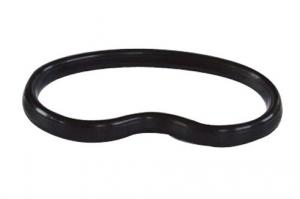Concrete Pump Part Forged Clamp Coupling DN50
- Loading Port:
- China main port
- Payment Terms:
- TT OR LC
- Min Order Qty:
- 50 PCS
- Supply Capability:
- 1000 PCS/month
OKorder Service Pledge
OKorder Financial Service
You Might Also Like
Product Description:
A coupling is a device used to connect two delivery pieps together at their ends for the purpose of transmitting, and prevent the concrete from leaking. Couplings do not normally allow disconnection of shafts during operation.
Main Product Features:
1. Use high quality steel. After high-temperature 1200 forging,it’s shaped.
2.High temperature forging.
3.convenient to use, easy operation,and high safety.
4.good sealing,wear-resising,longer service life.
5.do not restrict the steering tubes, pipes during the working process can be 360 degrees rotation.
6.used in concrete pump truck,concrete pump and pipeline connection seal in construction
work equipment.
Product Specifications:
1.Forged
2.2--8 inch
3.Galvanizing/Baking varnish
4.More durable,light,beautiful
Production steps:
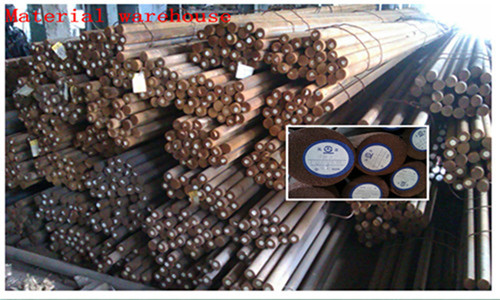

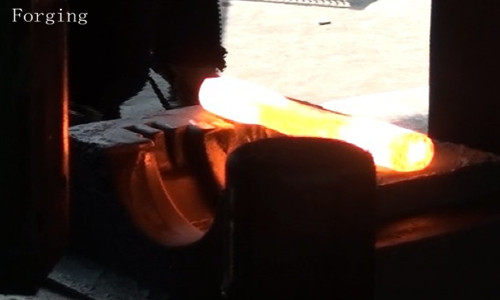
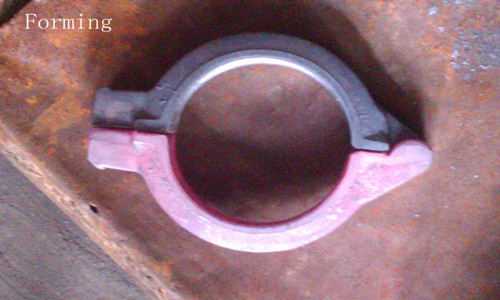

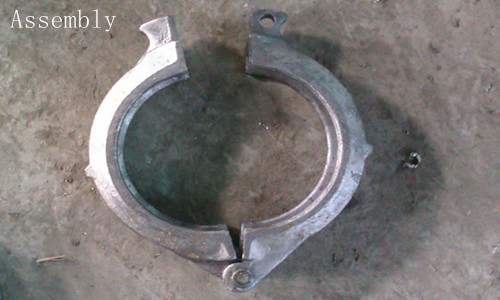
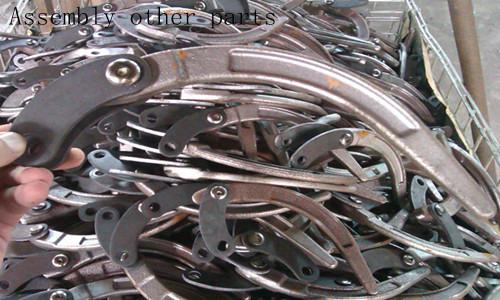
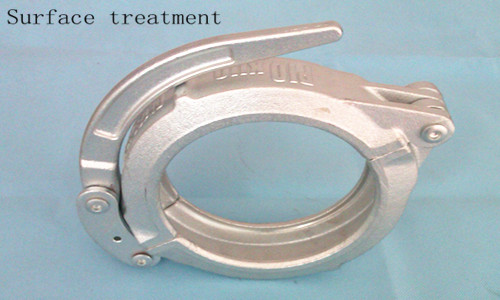
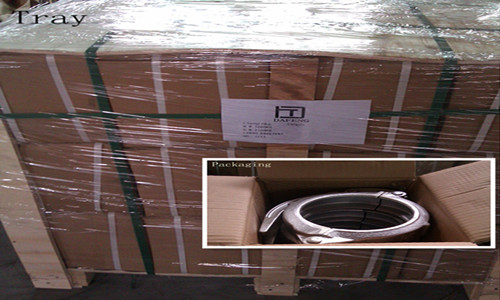
Concrete pump clamp Catalogue
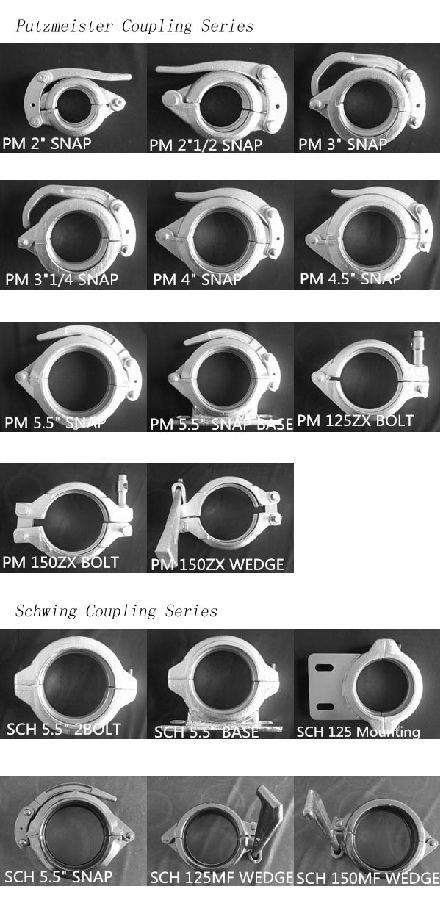
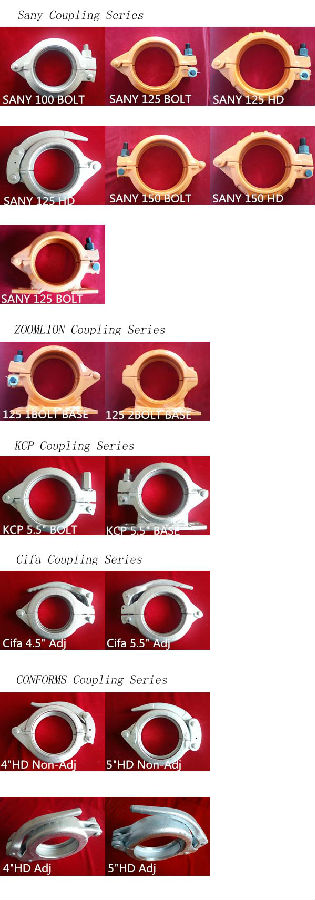
FAQ
1.How do you regarding your product quality?
As our principle is more safety to save more. In China, there are lots of manufactures of this line, but we are the first one that use the forging technic in producing, firmly meet the PM standard.
2.Can I get some samples?
Of course you can. Small sample for free, but you pay the express. For some products are not small, like concrete pump pipe, it’s very difficult to deliver one pipe of 3000mm. If it’s possible, we’d like that you can come here to visit our factory. Welcome!
3. I want to make our logo on the products, is that ok?
Yes, it’s totally ok. OME is available from us.What you should do is send your logo, brand name, or picture to us. And let other things leave on us.
- Q: Are there any specific guidelines for the selection and installation of hydraulic components in concrete pump spare parts?
- Yes, there are specific guidelines for the selection and installation of hydraulic components in concrete pump spare parts. It is crucial to consider factors such as the pump's maximum pressure and flow rate, compatibility of components with the pump's system, and the quality and reliability of the components. Additionally, proper installation techniques and following manufacturer recommendations are essential to ensure optimal performance and longevity of the hydraulic system in concrete pump spare parts.
- Q: What are the different types of concrete pump hopper vibrators?
- There are several different types of concrete pump hopper vibrators available on the market. These vibrators are designed to help keep the concrete flowing smoothly through the hopper and into the pumping system. 1. Electric Vibrators: These are the most common type of hopper vibrators and are powered by electricity. They are typically attached to the side of the hopper and use an electric motor to create vibrations that help move the concrete. 2. Pneumatic Vibrators: These vibrators are powered by compressed air and are often used in situations where electricity is not readily available. They work by using air pressure to create vibrations that help keep the concrete flowing. 3. Hydraulic Vibrators: These vibrators are powered by hydraulic fluid and are often used in larger concrete pumping systems. They can be more powerful than electric or pneumatic vibrators and are often used in heavy-duty applications. 4. Rotary Vibrators: These vibrators work by spinning an eccentric weight, creating vibrations that help move the concrete. They are often used in situations where a high frequency of vibration is required. 5. Turbine Vibrators: These vibrators use a turbine mechanism to create vibrations. They are often used in situations where a low frequency of vibration is needed. 6. Ball Vibrators: These vibrators use a ball inside a housing to create vibrations. They are often used in smaller concrete pumping systems and can be easily mounted to the hopper. Overall, the type of concrete pump hopper vibrator that is best for a particular application will depend on factors such as the size and type of the concrete pumping system, the desired frequency and intensity of vibration, and the availability of power sources.
- Q: Are there any specific guidelines for the installation of hopper components or agitators in concrete pump spare parts?
- Yes, there are specific guidelines for the installation of hopper components or agitators in concrete pump spare parts. These guidelines typically include instructions on proper alignment, securing of bolts, lubrication, and ensuring all components are properly connected. It is important to follow these guidelines to ensure safe and efficient operation of the concrete pump.
- Q: How often should hopper agitator shaft bearings be inspected or replaced in a concrete pump?
- The frequency of inspecting or replacing hopper agitator shaft bearings in a concrete pump can depend on various factors such as the manufacturer's recommendations, the operating conditions, and the maintenance history of the pump. However, as a general guideline, it is recommended to inspect these bearings at least once a year or every 500-1000 hours of operation, whichever comes first. Regular inspections should include checking for any signs of wear, damage, or excessive play in the bearings. If any abnormalities are detected during the inspection, immediate action should be taken to address the issue. In some cases, lubrication or adjustment may be sufficient to resolve minor problems, while more severe damage or wear may require the replacement of the bearings. It is important to note that the hopper agitator shaft bearings play a crucial role in the smooth and efficient operation of the concrete pump. Neglecting regular inspections or delaying necessary replacements can lead to increased downtime, reduced productivity, and potential safety hazards. Therefore, it is recommended to follow the manufacturer's guidelines and consult with experienced technicians or specialists for a more accurate assessment of the inspection and replacement intervals specific to your concrete pump.
- Q: How often should hopper agitator motors be inspected or replaced in a concrete pump?
- Hopper agitator motors in a concrete pump should be inspected regularly, ideally during routine maintenance checks, to ensure they are functioning properly. Depending on the usage and condition of the motor, it may need to be replaced if it shows signs of wear, damage, or malfunctions. Ultimately, the frequency of inspection and replacement will vary based on the specific concrete pump and its usage patterns.
- Q: How often should hydraulic accumulator bladders be inspected or replaced in a concrete pump?
- Hydraulic accumulator bladders in a concrete pump should be inspected regularly, ideally every 6-12 months, to ensure they are in good condition and functioning properly. However, the frequency of replacement depends on various factors such as the pump's usage, operating conditions, and manufacturer's recommendations. It is best to consult the concrete pump's manual or reach out to the manufacturer for specific guidance on when to replace the bladders.
- Q: What are the advantages of using genuine spare parts for my concrete pump?
- There are numerous benefits to utilizing authentic spare parts for your concrete pump. Firstly, these genuine components are specifically designed and produced by the original equipment manufacturer (OEM) for your concrete pump. This guarantees a perfect fit and optimal functioning with your particular model. By using genuine parts, you can avoid compatibility issues or malfunctions that may arise from using aftermarket or counterfeit parts. Furthermore, authentic spare parts are crafted from high-quality materials and undergo rigorous testing to meet stringent quality standards. This ensures their durability, reliability, and performance, resulting in a longer service life and reduced downtime for your concrete pump. Genuine parts are engineered to withstand the demanding conditions and heavy loads commonly encountered by concrete pumps. Moreover, the use of authentic spare parts helps preserve the warranty and integrity of your concrete pump. Many manufacturers offer warranties that cover the utilization of genuine parts. By utilizing genuine parts, you can take advantage of the warranty benefits and avoid any potential problems that may arise from using non-genuine parts, which could invalidate the warranty. In addition, authentic spare parts often come with technical support and expertise from the manufacturer. OEMs possess extensive knowledge and experience with their equipment, and their technical support team can provide guidance, advice, and troubleshooting assistance in the event of any issues. This can be highly advantageous in minimizing downtime and maximizing the efficiency of your concrete pump. Lastly, the use of authentic spare parts ensures the safety of your equipment and operators. Genuine parts are manufactured to meet strict safety regulations and standards, reducing the risk of accidents or failures that can result from using substandard or counterfeit parts. The safety and well-being of your team should always be a top priority, and the use of genuine parts helps guarantee their protection. In conclusion, the utilization of authentic spare parts for your concrete pump offers a range of advantages, including compatibility, quality, durability, warranty coverage, technical support, and safety. Investing in genuine parts not only enhances the performance and longevity of your equipment but also provides peace of mind for both you and your team.
- Q: What is the importance of a concrete pump control valve?
- A concrete pump control valve is important because it allows for precise control and regulation of the flow rate and pressure of concrete being pumped. This ensures that the concrete is delivered accurately and efficiently to the desired location, preventing wastage and improving overall productivity of the construction process. Additionally, the control valve prevents blockages and potential damage to the pump by allowing operators to adjust the flow as needed, maintaining a smooth and continuous operation.
- Q: How often should hopper grate pins be inspected or replaced in a concrete pump?
- Hopper grate pins in a concrete pump should be inspected regularly, ideally before each use, to ensure they are in good condition. Depending on the frequency of usage and the material being pumped, replacement may be needed every few months or as soon as signs of wear and tear are observed.
- Q: What are the key considerations when purchasing spare parts for a concrete pump?
- When buying spare parts for a concrete pump, there are several important factors to think about. These factors include making sure that the spare parts are compatible with the concrete pump's make and model, checking their quality and reliability, ensuring their availability, and considering their cost-effectiveness. First and foremost, it is crucial to make sure that the spare parts you purchase are suitable for the concrete pump you have. Concrete pumps come in different makes and models, and each may have specific requirements for spare parts. Therefore, it is essential to carefully match the specifications and requirements of the concrete pump with the spare parts you buy to ensure proper functionality and performance. The quality and reliability of the spare parts are also important considerations. Investing in high-quality spare parts can have a significant impact on the efficiency and lifespan of the concrete pump. It is advisable to choose spare parts from reputable manufacturers or suppliers who have a proven track record of producing reliable products. Doing thorough research and reading customer reviews can help assess the quality and reliability of the spare parts. Availability is another crucial factor to consider when purchasing spare parts for a concrete pump. It is important to ensure that the spare parts you need are easily accessible, either from local suppliers or through efficient delivery channels. Delays in obtaining the necessary spare parts can result in extended downtime and increased costs. Therefore, it is recommended to choose suppliers with a reliable and efficient distribution network. Cost-effectiveness is also a key consideration when buying spare parts. While it is important to prioritize quality and reliability, it is equally important to find spare parts that offer good value for money. Comparing prices from different suppliers and considering the lifespan and potential maintenance costs of the spare parts can help make a cost-effective decision. It is crucial to strike a balance between cost and quality to ensure the best return on investment. In conclusion, when purchasing spare parts for a concrete pump, it is important to consider compatibility, quality, availability, and cost-effectiveness. By carefully evaluating these key factors, you can ensure that the spare parts you choose will meet the specific needs of your concrete pump, maintain its performance and reliability, and provide value for your money.
Send your message to us
Concrete Pump Part Forged Clamp Coupling DN50
- Loading Port:
- China main port
- Payment Terms:
- TT OR LC
- Min Order Qty:
- 50 PCS
- Supply Capability:
- 1000 PCS/month
OKorder Service Pledge
OKorder Financial Service
Similar products
Hot products
Hot Searches
Related keywords
